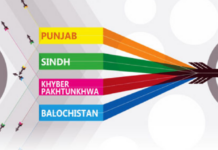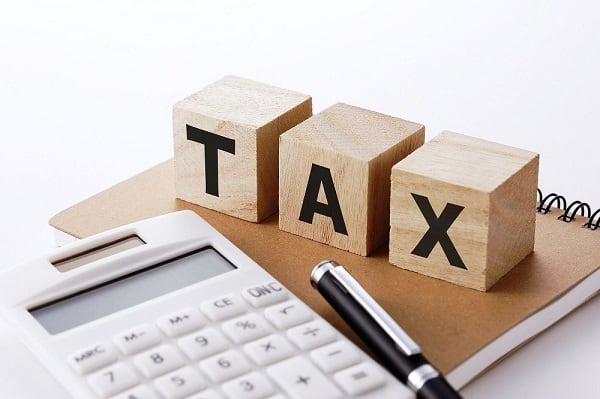ISLAMABAD, May 23 — The federal government is evaluating a major fiscal move to impose Federal Excise Duty (FED) on a range of high-demand consumer goods—including biscuits, cakes, sweets, sauces, and other confectionery products—as part of new revenue-generating measures under the FY26 federal budget.
According to industry estimates, these proposed taxes, including both FED and additional sales tax, could yield up to Rs150 billion in incremental revenue. The targeted categories span a wide range of widely consumed packaged foods such as flavoured milk, chips, dips, ice cream, cereals, and syrups—products currently outside the excise duty net but with high market penetration.
Documents reviewed by industry stakeholders reveal that the confectionery category—particularly cakes and sweets, which show rapid growth in Punjab—has a market size of Rs201 billion and could yield Rs47.4 billion in tax revenue: Rs40.2 billion from FED and Rs7.2 billion from sales tax.
Similarly, chips, with a market footprint of Rs96 billion, are projected to contribute Rs22.4 billion, while biscuits, a Rs206 billion market, are expected to add Rs48.6 billion, including Rs41.1 billion in FED (assuming a 20% rate) and Rs7.4 billion in sales tax.
Officials familiar with the deliberations say the strategy is designed to strengthen fiscal consolidation without placing additional burden on essential goods or lower-income households. The focus on discretionary and processed consumer items reflects a shift in tax policy aimed at broadening the base while maintaining equity.
The move comes amid sustained pressure from the International Monetary Fund (IMF) for Pakistan to enhance domestic resource mobilisation by rationalising exemptions and expanding excise coverage. Analysts believe taxing currently untaxed but high-consumption categories could ease pressure on already taxed sectors, offer a fairer distribution of the tax burden, and support business continuity.
Policymakers hope this rebalancing will not only bring in short-term fiscal gains but also help diversify and stabilize government revenues over the long term. The final decision is expected to be reflected in the upcoming federal budget, which will be presented in June.























